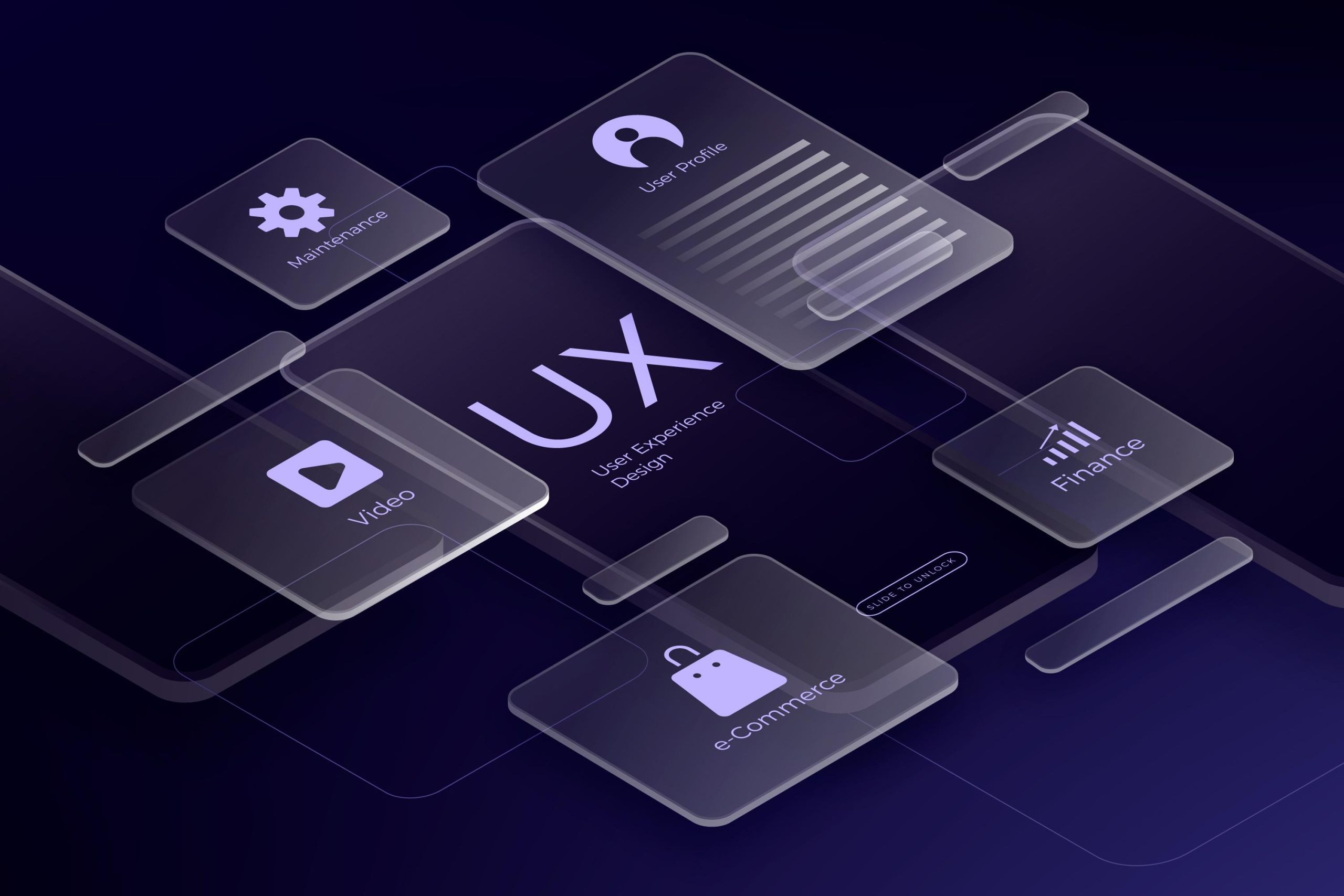- Research and Discovery:
- Conducting market research to understand the target audience’s needs, behaviors, and preferences is crucial. This helps to identify pain points and opportunities for improvement.
- Competitor analysis helps uncover gaps in the market, and identifying industry trends ensures that the product is relevant and competitive.
- Collecting data from users through surveys, interviews, or analytics provides valuable insights into user expectations and motivations.
- Define Goals and Objectives:
- This step focuses on establishing the core goals for the project, which should be in line with business objectives.
- Clear project goals help in guiding the design process and ensuring the product aligns with the company’s vision.
- Key Performance Indicators (KPIs) are set to measure the success of the product. KPIs could include user engagement, retention, conversion rates, or customer satisfaction.
- User Personas and Scenarios:
- User Personas are fictional representations of the target users based on research and data. These personas represent users’ demographics, needs, goals, and behaviors.
- User Scenarios are detailed narratives that describe how different personas would interact with the product. These scenarios help designers understand the user’s perspective, making it easier to create designs that solve real-world problems.
- Information Architecture:
- The goal of information architecture (IA) is to organize and structure the content and features in a way that is intuitive for users.
- IA includes creating sitemaps, which outline the entire structure of the product, and organizing information logically to make navigation easy.
- Wireframes are created during this phase to define the layout, placement of elements, and general flow of the design.
- Prototyping and Wireframing:
- Wireframing involves creating low-fidelity visual representations of the product’s interface to show how content, elements, and navigation will be arranged.
- Prototyping is the process of developing a working model of the design to simulate user interactions. Prototypes can range from low-fidelity (clickable wireframes) to high-fidelity (interactive and animated models). This step is important for testing ideas and getting feedback before development begins.
- Visual Design:
- This is where the product’s aesthetic elements are finalized. The visual design phase involves defining the color scheme, typography, iconography, and imagery that aligns with the brand’s identity and enhances usability.
- High-fidelity mockups are created to represent the final look and feel of the product. These mockups show exactly how the interface will look and how the user will interact with it.
- Usability Testing:
- Usability testing is conducted to evaluate the effectiveness of the design with real users. Testing can be done through in-person sessions or remote usability tests.
- Users are asked to complete tasks using the product prototype, and designers observe how easy or difficult it is for users to navigate and interact with the design.
- Feedback gathered helps identify pain points and areas for improvement, ensuring that the product is intuitive and user-friendly.
- Development Support:
- Once the design is validated and ready, the design team works closely with the development team to ensure smooth implementation.
- Designers provide assets, specifications, and guidance on how to build the product as designed. This includes collaboration on design systems, user interface (UI) elements, and interactions to ensure the final product matches the design vision.
- Continuous communication between designers and developers helps avoid misunderstandings and ensures high-quality product delivery.
This detailed approach ensures that each phase in the UI/UX process contributes to creating a product that is not only functional but also intuitive and enjoyable to use.

